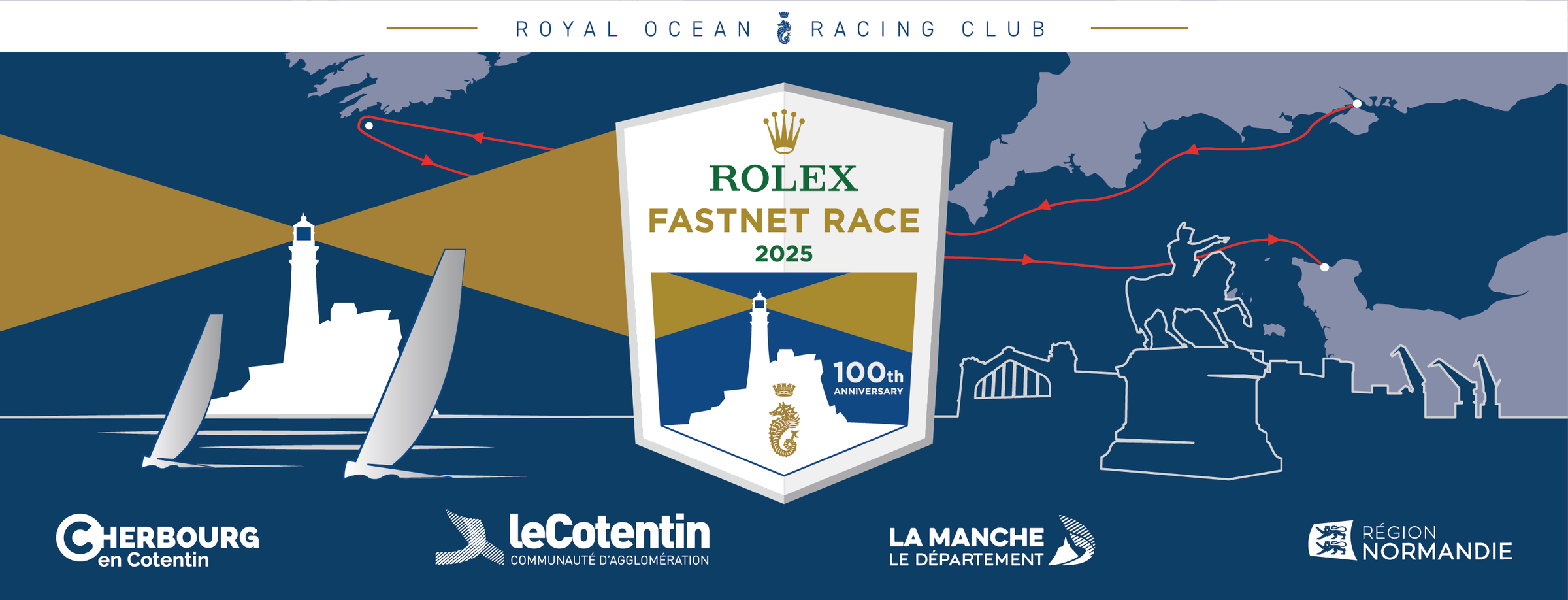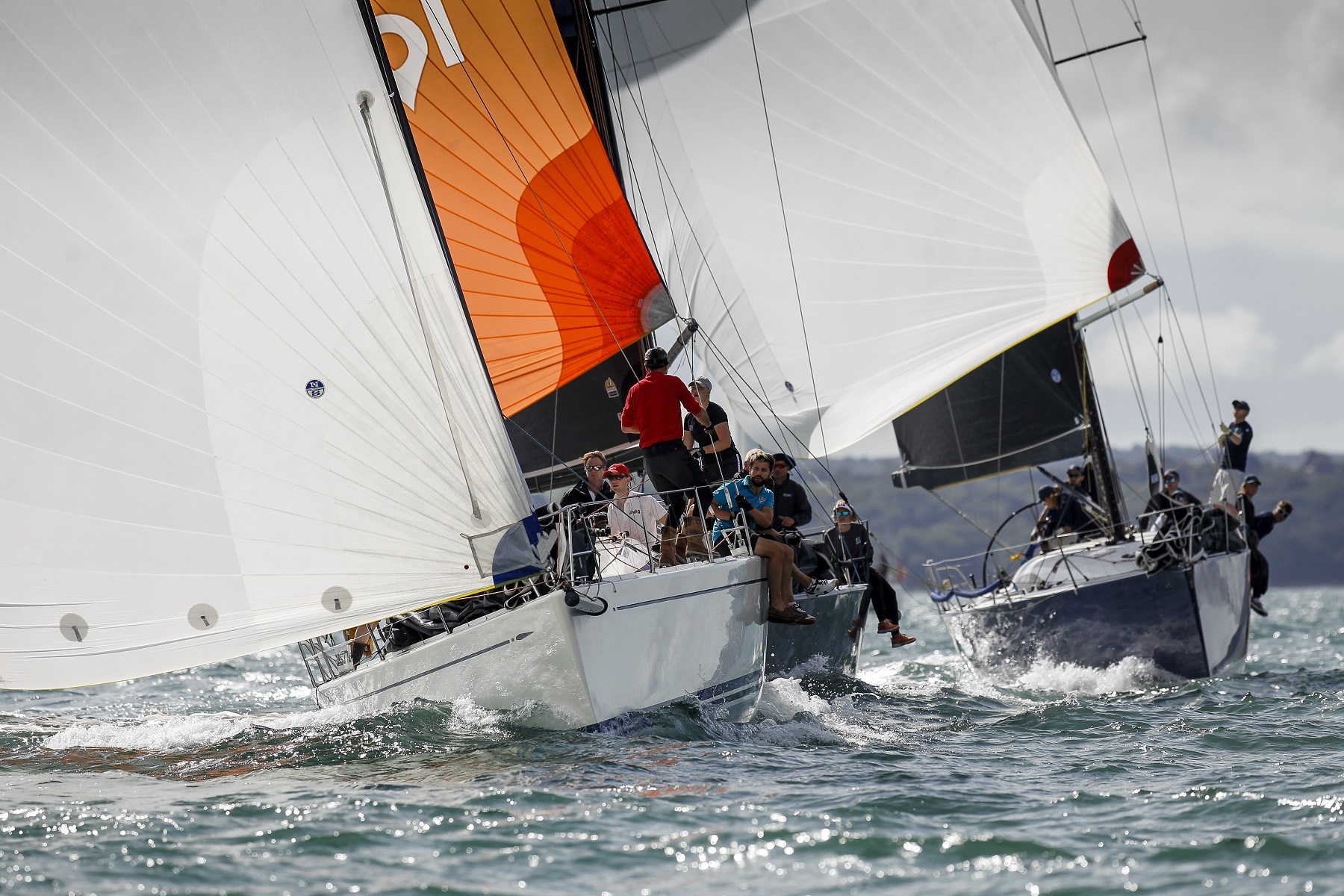

In this August’s Rolex Fastnet Race, one of the most popular ‘classes within a class’ will be the Performance 40.
At present more than fifty of these racer-cruisers and cruiser-racers are currently entered in the Royal Ocean Racing Club’s pinnacle event. So, what is the Performance 40, why has it struck such a chord and why to date has it been so ‘under the radar’?
If the FAST40+ and Class40 represent the pinnacles of inshore and offshore racing respectively at this size, the Performance 40 is a less extreme, less costly version. For example under its class rules, a FAST40+ must have an IRC TCC of 1.210-1.270, whereas the Performance 40’s rating band is a more modest 1.075-1.150.
Other physical constraints among its brief rules include LH of 10.9-14.1m, displacement:length ratio of 125-206 and maximum draft of 2.70m. Essentially, aside from this, IRC is left to level the playing field. As a result Performance 40s can include everything from First 40s to JPK 11.80s, J/111s, J/122s, J/121s, Mills 39s, Matt 12s, King 40s and even Farr 40s, zippy production boats to older IRC race boats. In fact if you were to create a class around the bulk of larger keelboats regularly racing on the Solent, the Performance 40 would be it.
2021 will be the Performance 40’s fourth season, but whereas to date it has been exclusively an inshore circuit, based in the Solent, this year the class will also run an offshore series in conjunction with the RORC. This will include any two of the club’s offshore races starting from Cowes (i.e. Myth of Malham, Morgan Cup, De Guingand Bowl, Cowes-Dinard-St Malo, Channel Race) and will culminate in the Rolex Fastnet Race, which cannot be discarded from the series. Trophies will be awarded both for the top Performance 40 in the Rolex Fastnet Race (the class’ ranking will appear within the race’s results) and overall for the class’ new series.
The new offshore circuit has been welcomed by leading Performance 40 teams: “All these boats were designed with offshore capability. To go off and do the Fastnet is what we like to do in the UK,” explains Nick Jones, who runs Robert Bottomley’s MAT 12 Sailplane. “For the Rolex Fastnet Race I think it will add a fantastic extra dimension.”
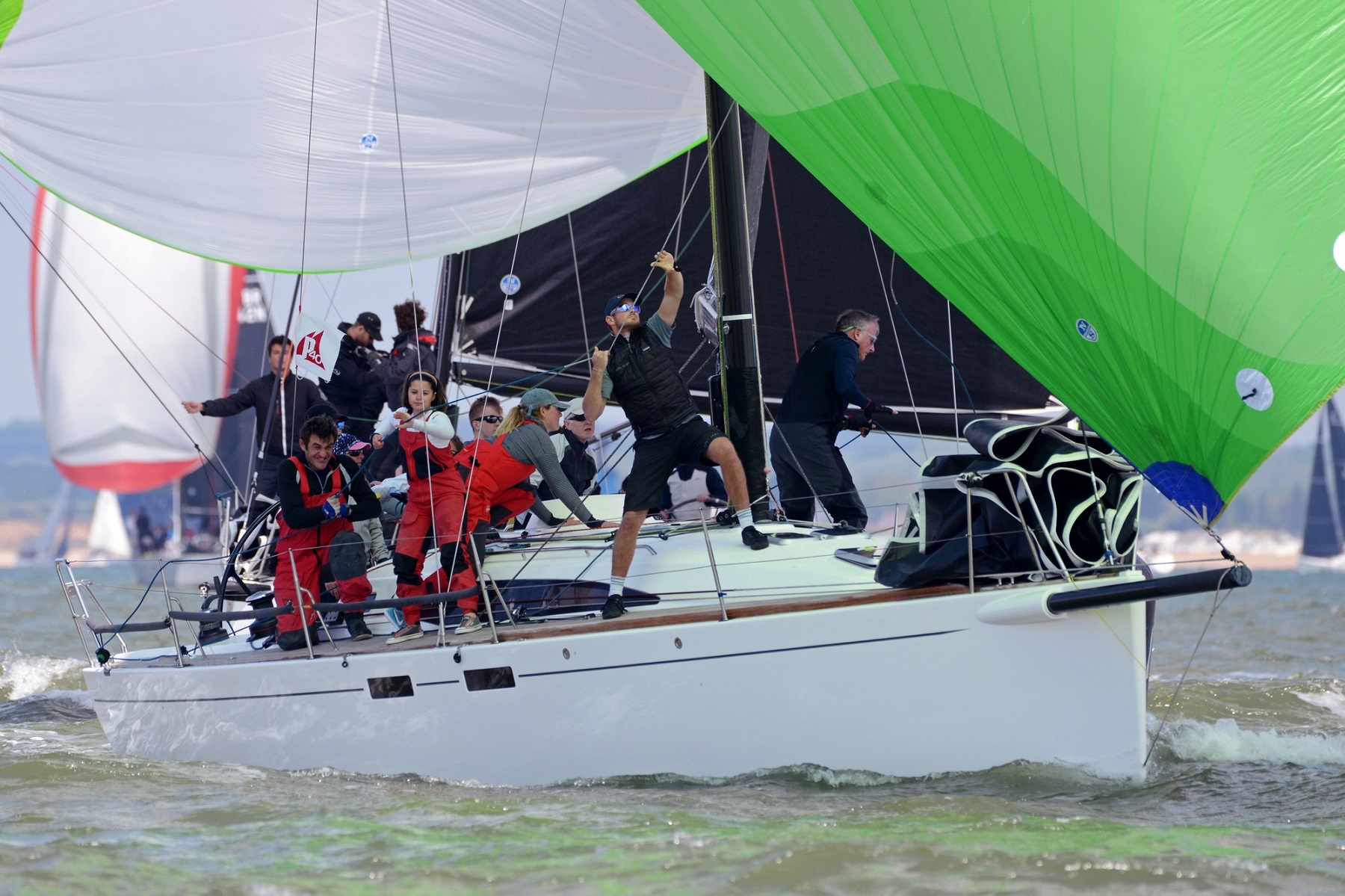 Christopher Daniel's J/122E Juno © Rick Tomlinson/RORC
Christopher Daniel's J/122E Juno © Rick Tomlinson/RORC
“There is an appetite to go offshore,” agrees Christopher Daniel, owner of the J/122E Juno, which won the Performance 40’s second season in 2019, following victory by the Blair family’s King 40 Cobra in the first. “Most Performance 40s are perfectly capable of going offshore. This theory that your boat is either an inshore or an offshore racer is wrong.”
Given that over fifty of the record-breaking 400 entries in this year’s edition of the world’s largest offshore yacht race will be Performance 40s, why has the class proved so successful? “Firstly there were quite a number of boats that fitted the class definition out competing and it was felt that it would be great fun to extract results from existing regattas and create a series from that,” continues Daniel. “It has been a huge success: The racing is very tight. Over a 1.5 hour race placings can literally be determined by seconds. We have very hectic, full-on action with plenty of activity around the marks and plenty of opportunity for proper racing, whether that is tactical covering or out and out boat speed. It is a lot of fun.”
The price of entry is not astronomic and as Nick Jones says: “If you look at the photos of the fleet lining up, its closeness speaks volume of the standard. It is great fun.” He also reckons the Performance 40 is perfect for racing in the Solent. “It requires a windward-leeward boat because we have tides and we love to be able to put the pole back and go downwind,” although A-sail boats are competitive too. These attributes can also pay in the largely windward-leeward Rolex Fastnet Race if regular south-westerlies prevail.
As the Performance 40 has begun to mature, so several teams who have been within it from the outset have traded up. Jones explains: “We bought ‘aging’ race boats and have been trying to breathe new life into them ever since!”
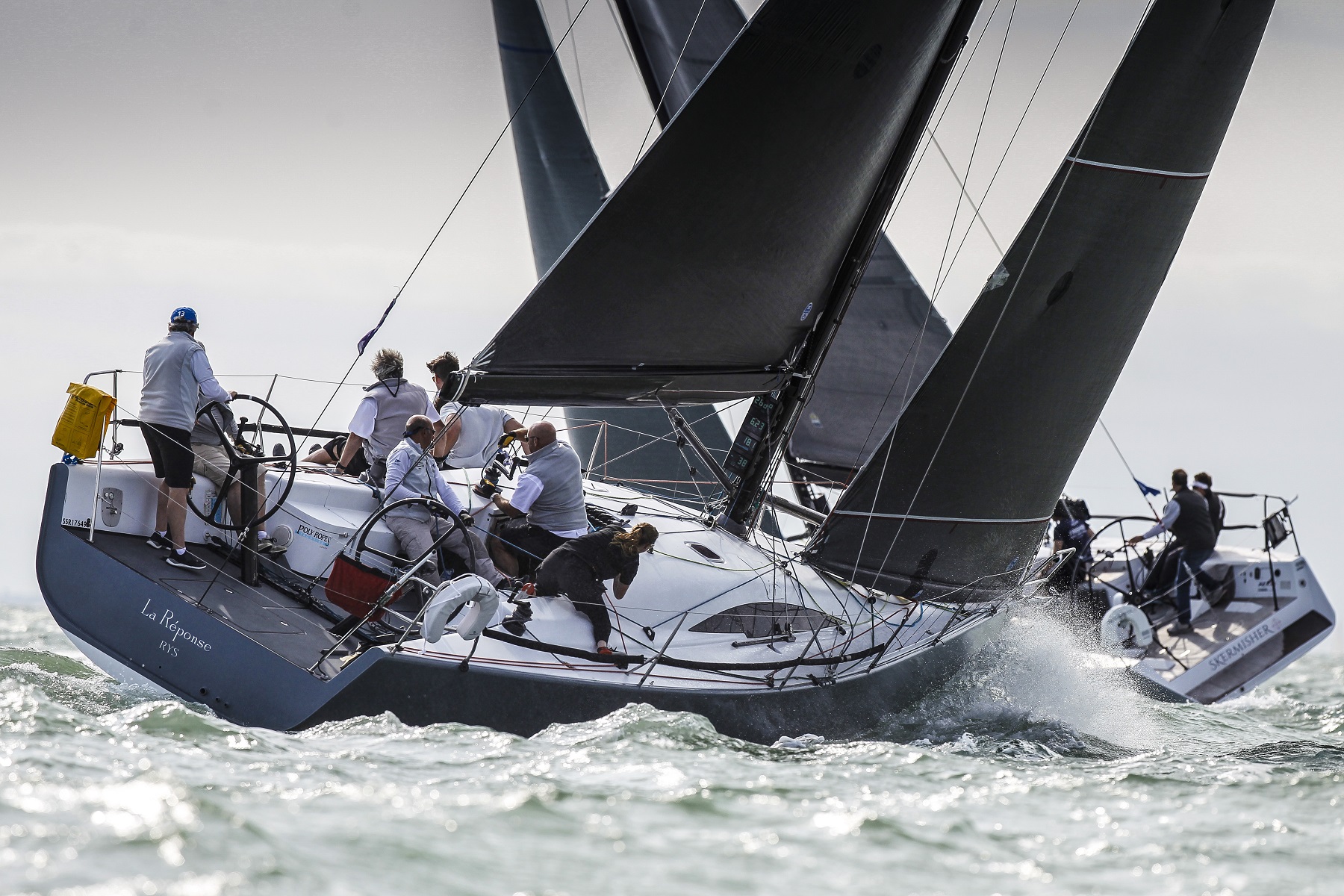 Former RORC Admiral Andrew McIrvine's Ker 39 La Réponse © Paul Wyeth/RORC
Former RORC Admiral Andrew McIrvine's Ker 39 La Réponse © Paul Wyeth/RORC
Bottomley has replaced his First 40 Sailplane with a MAT12, while similarly former RORC Admiral Andrew McIrvine has traded his First 40 for a new La Réponse, the former Antix/Vencom Ker 39, while David Cummins’ sistership, Rumbleflurg was previously RORC Admiral Mike Greville’s Erivale.
While to date the Performance 40 has remained relatively low profile, only based in the Solent, racing mostly as a class within existing events, according to Kiwi pro sailor and Volvo Ocean Race Dave Swete, who is the Performance 40 Class Manager, the class now has definite traction: “It is now a class that people are buying boats to join.”
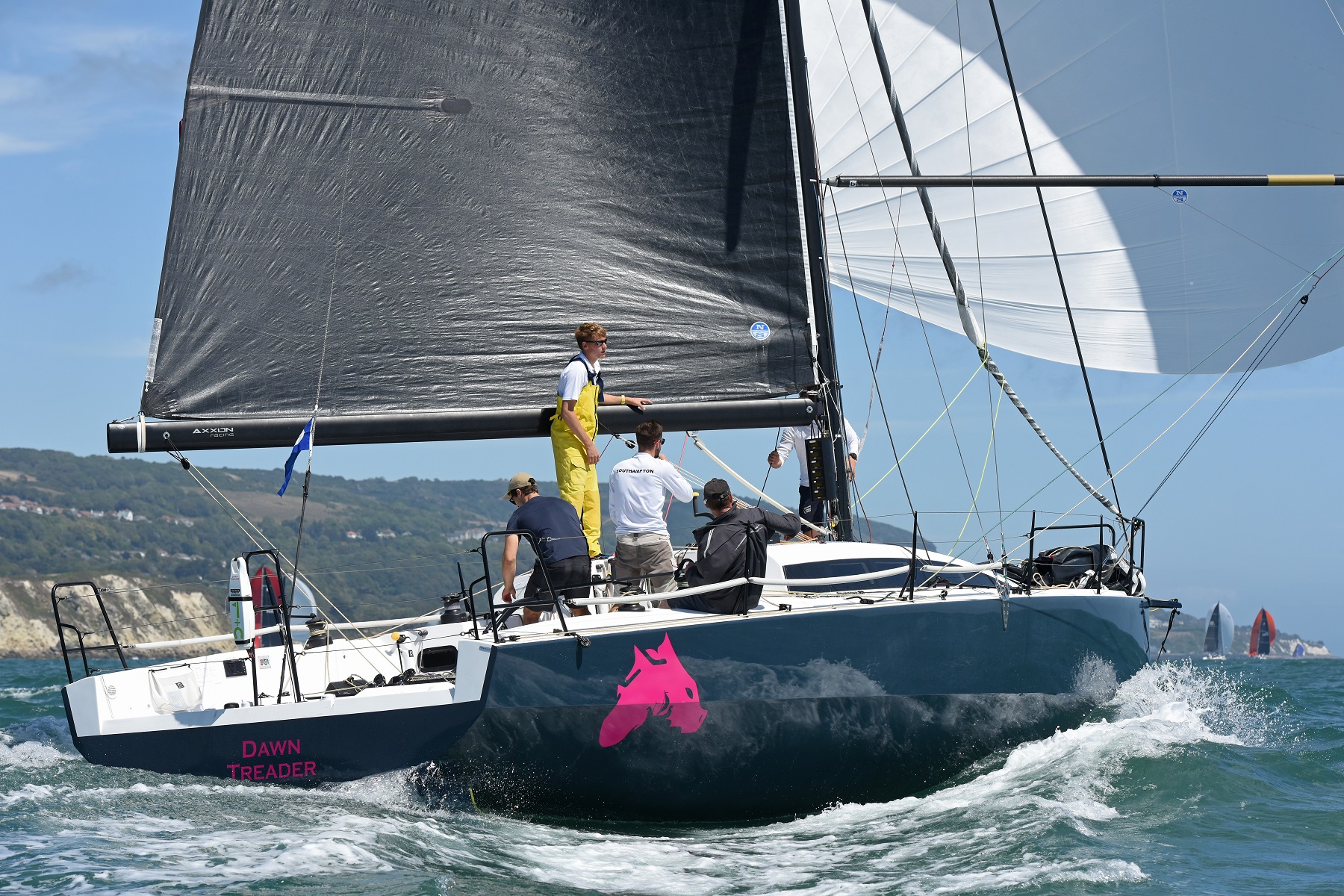 Ed Bell's JPK 11.80 Dawn Treader © Rick Tomlinson/RORC
Ed Bell's JPK 11.80 Dawn Treader © Rick Tomlinson/RORC
Among the hot boats this year will be the JPK 11.80s of which at present five are entered: Ed Bell's Dawn Treader (ex-Yes!), Astrid de Vin's Il Corvo, Eric Fries' Fastwave 6, Richard Fromentin's Cocody and Thomas Kneen's Sunrise.
Dave Swete will be sailing master on board Sunrise this season. Aside from the potential of the boat itself, Swete says he is looking forward to sailing with her young crew - Kneen is only 36 and many of his crew are part of the RORC’s initiative to developing racing for Under 35s, run by the club’s Griffin Committee. “In the UK I think there is a link that is missing between people who come out of university or school or out of dinghies and into keelboats. I see this class as being that missing link with racing that is Corinthian, but at a grand prix level. On Sunrise we have a youth crew who are all amateurs, apart from me, and up and coming sailors who might make a career out of it. We have three girls on board – in fact I don’t know a P40 that doesn’t have a girl on board. It is quite an inclusive class like that.” At present the unwritten rule is that Performance 40s should limit professional sailors on board to a maximum of one.
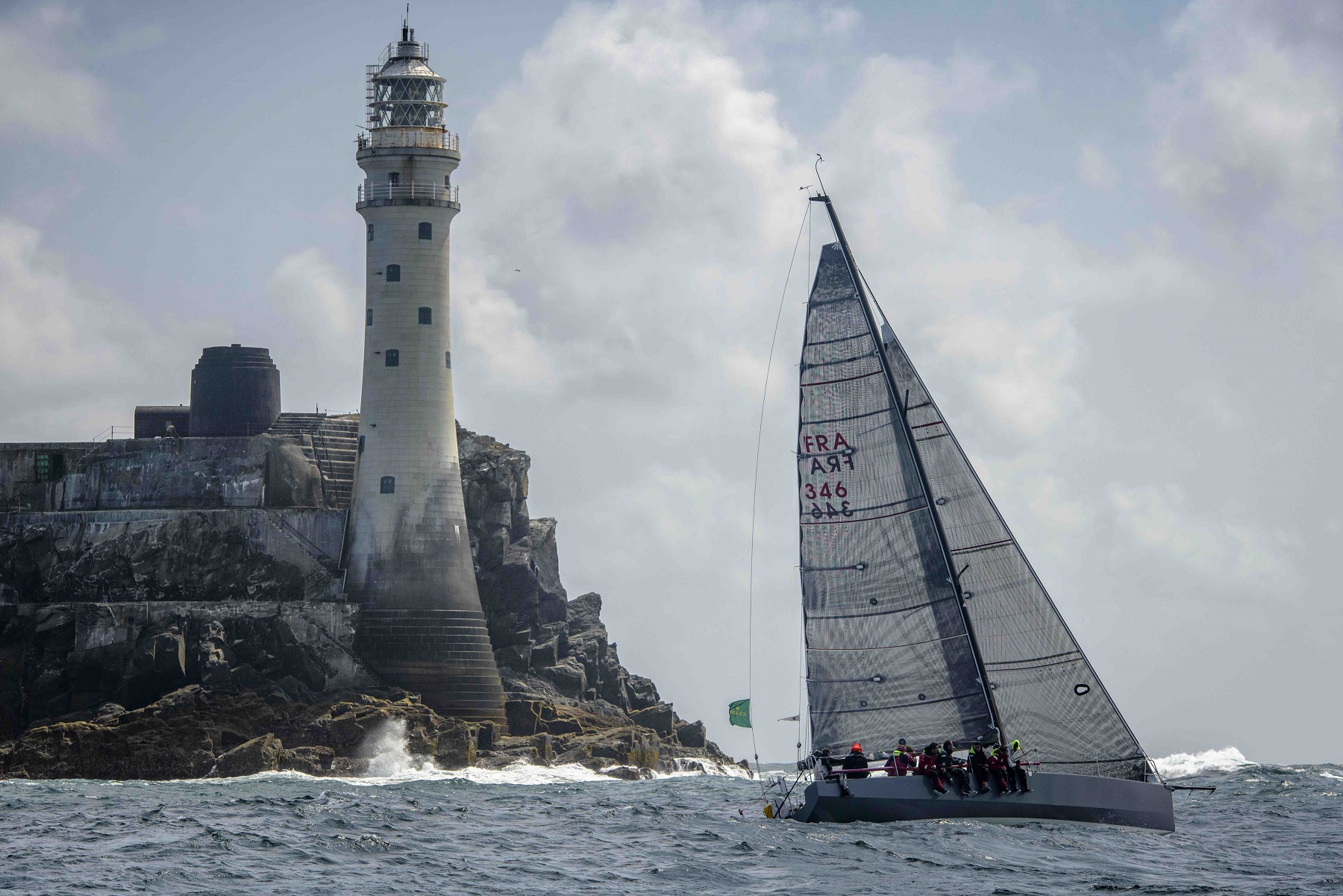 Winning the Fastnet Challenge Cup for overall victory in the 2017 Rolex Fastnet Race and class runner-up in 2019 - Didier Gaudoux's JND 39 Lann Ael 2 © Kurt Arrigo/ROLEX
Winning the Fastnet Challenge Cup for overall victory in the 2017 Rolex Fastnet Race and class runner-up in 2019 - Didier Gaudoux's JND 39 Lann Ael 2 © Kurt Arrigo/ROLEX
However, for the British Performance 40 fleet dark forces are amassing on the continent: While the Performance 40 class has to date has been largely British, the threat from across the Channel will certainly be a major one. The Performance 40 class straddles IRC One and IRC Two; two classes French boats have dominated, winning, in both cases, four out of the last five Rolex Fastnet Races. Of these, three in IRC 1 are returning in 2021: Jacques Pelletier’s Milon 41 and 2019 winner L'Ange De Milon, plus Jean Claude Nicoleau and Nicolas Loday's Grand Soleil 43 Codiam, winner in both 2011 (and 2009). A campaign with even more potential is that of Lann Ael 2, the JND 39 in which Didier Gaudoux and leading Figaro sailor Fred Duthil not only won IRC One, but the Rolex Fastnet Race overall in 2017 and was runner-up in class two years ago.
In IRC 2 Géry Trentesaux’s 2019 IRC Two winner Courrier Recommandé is back under new Dutch ownership as Il Corvo, while Gilles Fournier and Corinne Migraine return with their trusty J/133 Pintia, the 2017 winner. It will take considerable effort to match this onslaught.
Within the Performance 40 there will also be many internal battles taking place. In addition to the five JPK 11.80s there are five J/122s, four J/ 111s, four Grand Soleil 43s, while eight of the fourteen First 40s entered in the Rolex Fastnet Race have ratings high enough to qualify them as Performance 40s.
We can look forward to a battle royale at so many levels within this part of the giant IRC fleet.
